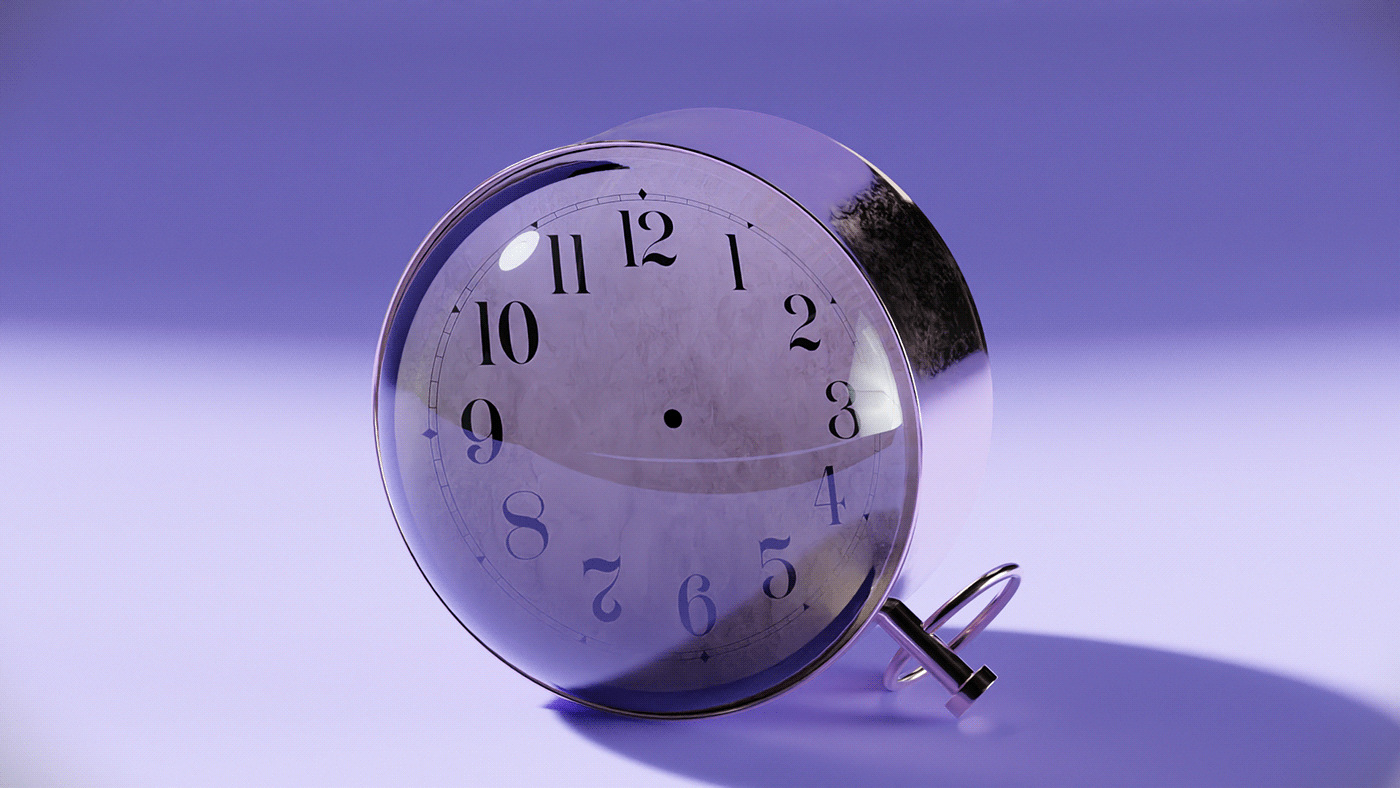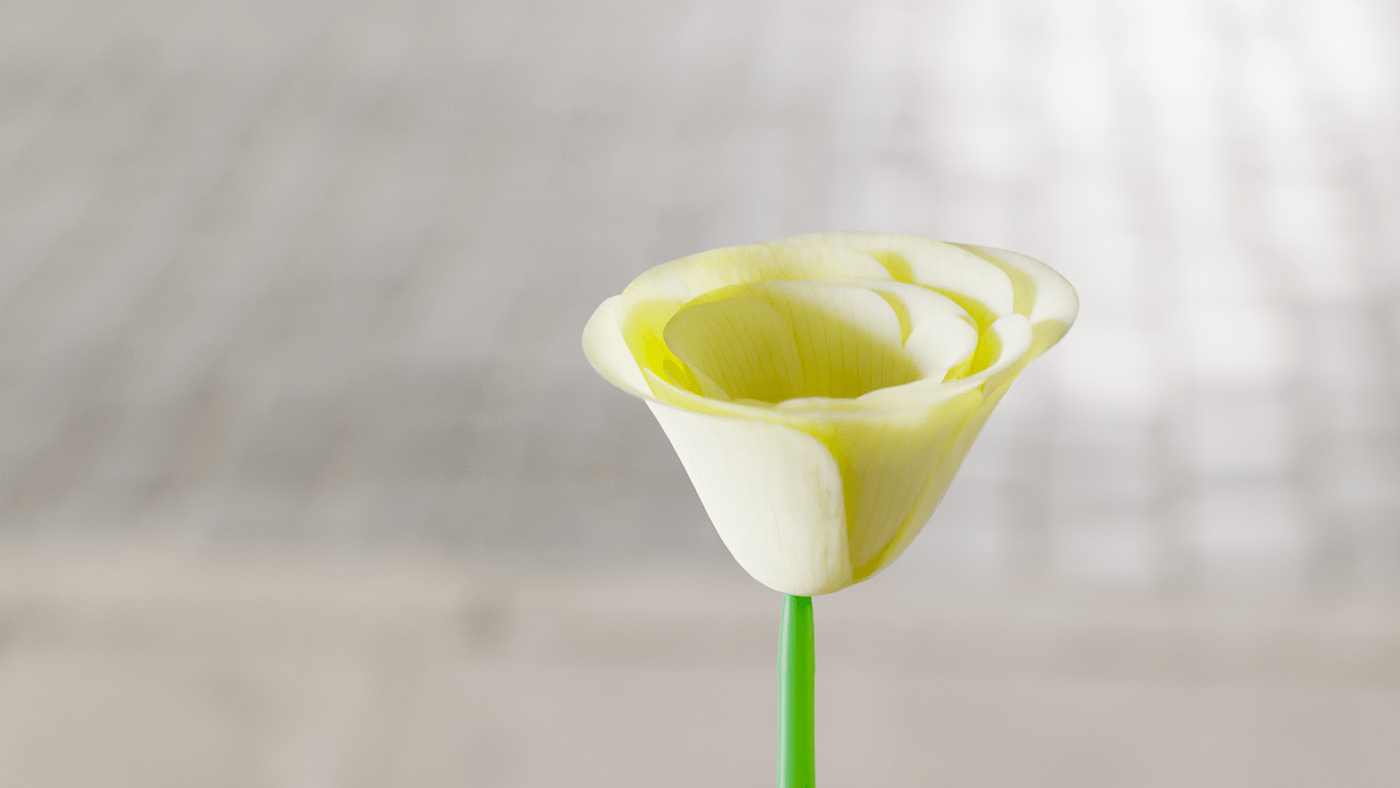Here's a grab bag of my works in progress and doodles that I didn't think warranted their own posts. Some of these works contain CC0 assets; I've tried to specify where and how I've used them.

Inspired by an ornamental clock at my grandparents' house. All textures (except the b&w clock face) are procedurally generated with Luxcorerender's (limited) set of noise functions. The clock face itself is burned with some colored procedural grunge. CC0: Clock face numbers/ring image, HDRi environment.
I forgot to add hands to the clock.

One of several attempts at procedurally modelling phyllotaxic structures with L-system like "grammar". This was before Blender's geometry nodes were released. The petal material is entirely procedural. Background HDRi CC0.

Building a library of assets for scene-building is a daunting task riddled with licensing nightmares. I found an atlas of blades of grass, UV projected sections of the atlas onto several planes, and saved that collection of planes to my asset library for some quick ground cover in future projects. I tested the materials with the above render in Blender Cycles. CC0: grass atlas, HDRi environment.

After upgrading my laptop's SSD, I decided to try out Pop!_OS. Big thanks to Pablo Vazquez at the Blender Foundation for his weekly livestreams; they introduced me to its beautiful desktop environment. With new DE comes new BG: I made a little forest scene using geometry nodes to scatter trees generated with the sapling generator, displace the forest floor in clumps near each tree, and curve the entire forest floor down a controllable reference curve. Rendered in Blender Cycles, comp with Blender/Darktable.

I had a quick go at using JSplacement and adaptive subdivision to make some little greebles. Blender Cycles.

This is a test render of an entirely procedural landscape. I implemented Inigo Quilez' write-up of domain warping (https://www.iquilezles.org/www/articles/warp/warp.htm) using only Blender Cycles nodes to create a displacement map to be used with adaptive subdivision. This alien canyon is three fractal Brownian motion noise generators nested inside one-another like Russian dolls.

What can I say, Blender EEVEE does volumetrics pretty well. Entirely procedural.
The two videos shown are experiments in non-photorealistic rendering techniques. Their material are entirely procedural, generated as functions of the surface normal, the world space of the shading point, and Blender EEVEE's Shader to RGB node. I created a nifty little node group that accepts color information to be applied respectively to the highlights, mids, and shadows of the shaded object, as well as an arbitrary mask controlled by a vector representing some imaginary directional light. The flecks and strokes are various noises and lines graphed along UV space. Object outlines were created using the inverted hull method. The objects themselves are offered free (as in freedom) with every Blender install (Suzanne the monkey of course, and the Utah teapot available with the Extra Objects default addon). The Utah teapot animation is rendered on twos to give it a more sketchy, hand-drawn feel.
These two videos came from playing around with Blender's geometry nodes, trying to make use of new features as they were added to the daily builds. I owe a huge debt of gratitude to Erindale Woodford (@erindale_xyz on twitter, erindale on YouTube) whose ETK addon continues to inspire endless procedural goodness. Both rendered in Blender EEVEE.
